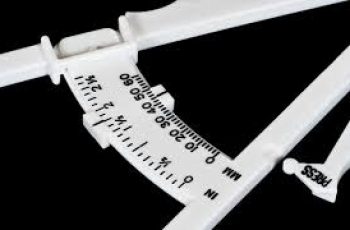In this article, we will define and discuss how to calculate the glycemic load. Glycemic load(GL) is a measure of how a given food impacts blood sugar levels, and it is closely related to another concept, glycemic index (GI).
Glycemic load takes into account the amount of carbohydrate in foods and how quickly it raises blood level. Unlike the GI that doesn’t take into account the amount of carbohydrate therefore making the glycemic load to be a better measure.
To properly regulate glycemia, it is necessary to know the glycemic index and glycemic load for a particular food. The recommended daily value for glycemic load is about 100 and can range from low (60) to high (180).
GL Levels.
GL values range from 0 to 100 and can be classified as follows:
Low GL: 0 – 10
Moderate GL: 11-19
High GL: 20+
Formula to Calculate Glycemic Load.

Glycemic index ranks the glycemic potency of foods.
Example:
Suppose the amount of carbohydrates in a particular type of food is 500grams, find the glycemic load if the glycemic index is 50.

Therefore, your glycemic load is 50.
Benefits of Glycemic Load.
- It helps with weight loss, as foods with a high GL are more likely to be high in calories and this concept helps identify the specific food to eat or avoid.
- GL can help to reduce the risk of developing type 2 diabetes, as it is able to reduce the amount of insulin that is required to balance blood sugar levels.
- A low GL diet can help to reduce the amount of medication that is needed by people who already have type 2 diabetes as well as the risk of developing further complications.

